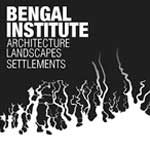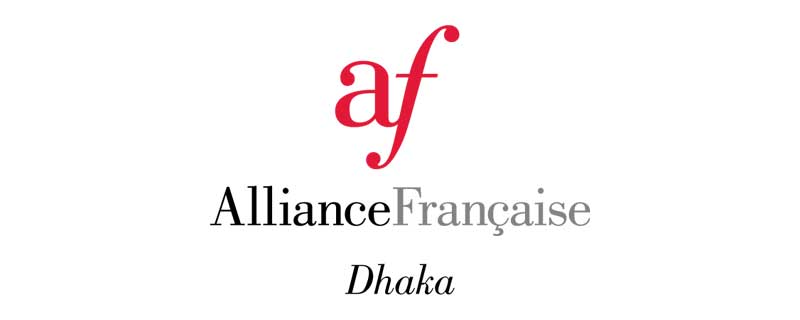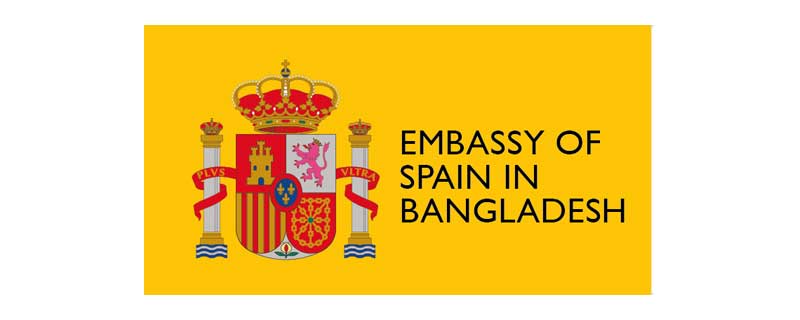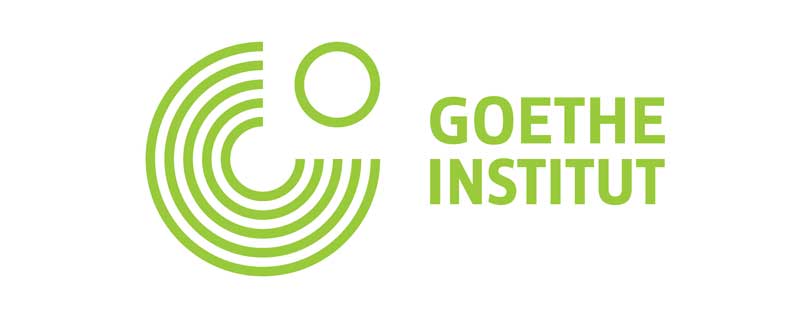About Us
Hidden Heritage
The project “Hidden Heritage: Homes in Dhaka” forms part of a larger research initiative on “Silent Heritage: Buildings in Bangladesh” focusing on homes and other significant buildings, from the rural to the urban, and from the Mughal to the Modern. A heritage building need not be a monument or landmark building – it can be representative of an epoch or period in the history of the city or a distinctive living style. Buildings included in this project are not immediately identified or recognized as heritage buildings or landmark structures, but they do represent a particular architectural order or hold historical and social significance for the city.
About Us
Hidden Heritage
Homes in Dhaka
The project “Hidden Heritage: Homes in Dhaka” is part of a larger research framework on “Silent Heritage: Buildings in Bangladesh” focusing on homes and other significant buildings. In this inaugural phase, Bengal Institute for Architecture, Landscapes and Settlements (BI) has undertaken the documentation and presentation of selected buildings/spaces within the perimeter of greater Dhaka city, along with their historical, societal and environmental context.
Residential buildings are an essential component of any city, providing it with an urban and architectural fabric, lifestyle practices and domestic order. Several historic buildings in Dhaka have gained popularity, garnering interest for their now fading architectural qualities. However, with social and economic changes, many of the buildings are now being replaced by newer types, or often transformed with limited sensitivity to the original context. If an enriched city is an ensemble of the old and the new, Dhaka fares poorly in both the appreciation and preservation of its heritage buildings. A heritage building need not be a monument or landmark building; it can be representative of an epoch or period in the history of the city. Buildings included in this project represent an architectural order of a particular time and hold historic social significance for the city.
The project has been conceived of as an archive and a ‘digital exhibition’ on the web, with provisions for future physical exhibitions and publications. Five projects have been selected from the greater Dhaka Metropolitan area for this phase of the project.
Opening up the house
A “sanctum sanctorum” (a sacred place, a sanctuary) for the people who own a house and live there, a house comes to embody a precious, guarded space, providing security and safety to the dwellers. Concern about the outside world, sensitivity around ownership, and maintaining the sanctity of the inner spaces keep the house opaque to outsiders, or those who are not invited in. Rabindranath Tagore’s stories “Home and the World” and “Noshto Neer” are some beautiful literary depictions of the world of home.
Reaching the selected houses and acquiring permission for accessing them had been often challenging. The initiation and execution of the project “Hidden Heritage” had to consider some of the above factors in taking up the task of accessing the house, and in documenting the house and its stories. The unprecedented crisis brought upon by the global pandemic presented the biggest challenge for the project in terms of getting access to the selected houses.
The Hidden Heritage team explored beyond the primary and secondary lists to select each house that fit a selection criteria and was open to documentation. In some cases, the team had to step back and give up on a selected house even after visiting and completing partial documentation. Be it the restrictions regarding social gathering during the height of the pandemic or issues around family consensus on opening up the houses, the decision to open up one’s own house to absolute strangers is not an easy one to take, even if it is for a noble project as this documentation work.
This project would not have been possible without the generous support and cooperation of each of the owners who opened up their house. Special thanks and gratitude to all the owners of the houses who have granted permission to visit their houses, helped in the documentation process, and shared their stories with the Hidden Heritage team.
Objectives
The purpose and effectiveness of this project are based on the following premises:
(1) Creating an awareness of architectural heritage that is unnoticed and under-appreciated.
(2) Developing an understanding of domestic spaces and arrangements that may have historical, archival & educational values.
(3) Highlighting buildings from the past may lead to creating a discourse on historic preservation & adaptive reuse.
(4) Documenting the life and times of people in terms of how they lived and articulated their identity and way of life through the configuration of their homes.
Selecting the houses
The goal of the project was to select exemplary representatives of distinctive epochs or cultures in the history of Dhaka. Each selected building possesses marked architectural and spatial characters that are recognized for having been conducted with certain dedication. In scale and scope, selected buildings are a substantial arrangement of a residential space. An in-house committee within Bengal Institute has deliberated on a long list of buildings ranging from different periods of Dhaka’s history. From the elaborated list, five houses have been selected for documentation at this phase. A major criteria was accessibility and also to select houses from each period that covers a spectrum of domestic architecture.
Research Methods
Team members of Hidden Heritage project
Project Curator: Salauddin Ahmed
Principal Coordinator: Nusrat Sumaiya
Project Coordinators: Rubaiya Nasrin and Jahin Ahmed
Website Developer and Coordinator: Nasir Khan Saikat
Multimedia Photographers: Nasir Khan Saikat, Shartaz Ahmedur Rahman and Jahin Ahmed
Editors: Farhat Afzal and Afifa Razzaq
Research and Production Associates: Shanzida Akhter, Rida Haque, Mahia Mustary, Oindriza Reza, Ayasha Siddiqua
Team Director: Kazi Khaleed Ashraf
Advisor: Saif Ul Haque
Partners
Hidden Heritage was initiated and conceptualised by Bengal Institute and the EUNIC Cluster Bangladesh. It has been implemented by Bengal Institute and supported by the EU Delegation in Bangladesh and all members of the EUNIC Cluster Bangladesh between 2020 and 2022.







